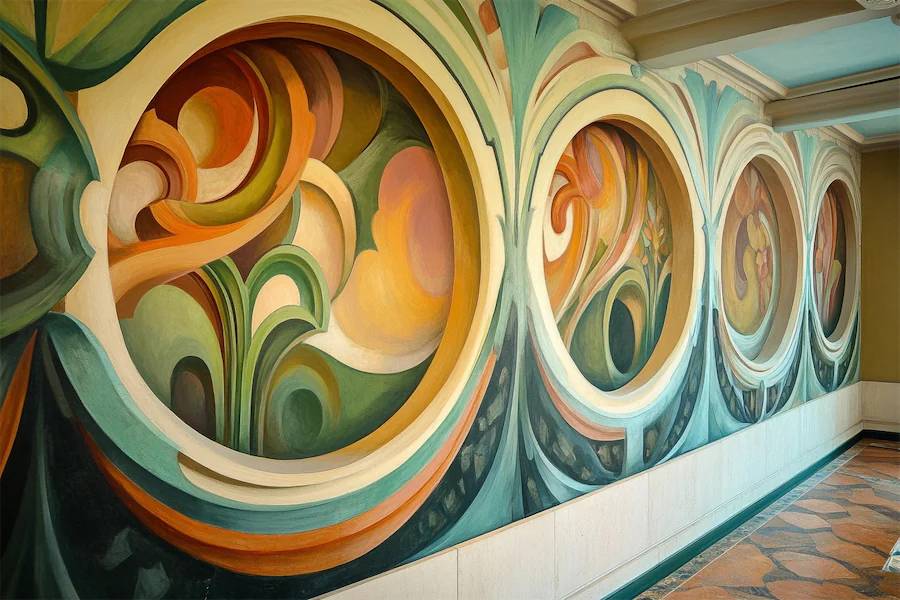Beaux-Arts architecture, originating from the École des Beaux-Arts in Paris, is renowned for its grandeur, symmetry, and elaborate ornamentation. A significant aspect of this style is the treatment of interior walls, which serve as canvases for artistic expression and contribute to the overall opulence of the space.
History and Origins of Beaux-Arts Wall Design
The Beaux-Arts movement emerged in the late 19th century, drawing inspiration from classical Greek and Roman architecture, as well as Renaissance and Baroque styles. Interior wall designs during this period were intended to reflect cultural sophistication and wealth. Walls were adorned with intricate moldings, pilasters, and decorative panels, often featuring motifs such as garlands, medallions, and cartouches. These elements were meticulously crafted to create a harmonious and luxurious environment.
Key Features of Beaux-Arts Wall Design
- Symmetry and Proportion: Walls are designed with a balanced arrangement of architectural elements, ensuring a formal and harmonious appearance.
- Rich Ornamentation: Decorative features like garlands, floral patterns, and cartouches embellish wall surfaces, adding depth and visual interest.
- Use of Luxurious Materials: High-quality materials such as marble, plaster, and carved wood are commonly used to enhance the richness of the wall designs.
- Incorporation of Classical Motifs: Elements like columns, pilasters, and arches are integrated into wall designs, reflecting classical architectural influences.
Applications of Beaux-Arts Wall Design
Beaux-Arts wall designs are prominently featured in grand public buildings, such as museums, theaters, and government institutions, as well as in opulent private residences. The elaborate wall treatments serve to convey a sense of importance and cultural refinement. In contemporary interior design, elements of Beaux-Arts wall styling are incorporated to add a touch of classic elegance and sophistication to modern spaces.
Considerations When Choosing Beaux-Arts Wall Design
- Space Suitability: The grandeur of Beaux-Arts wall designs is best suited for large spaces with high ceilings, where the intricate details can be fully appreciated.
- Maintenance: The elaborate ornamentation requires regular upkeep to preserve its appearance and prevent deterioration.
- Integration with Existing Decor: Careful consideration is needed to ensure that Beaux-Arts elements harmonize with the overall interior design, avoiding clashes with more minimalist or modern styles.
Conclusion
Beaux-Arts wall design epitomizes architectural elegance, combining classical elements with lavish ornamentation to create interiors that exude luxury and cultural sophistication. While rooted in historical design principles, its timeless appeal continues to influence contemporary interiors, offering a rich palette of decorative possibilities for those seeking to infuse their spaces with classic grandeur.
